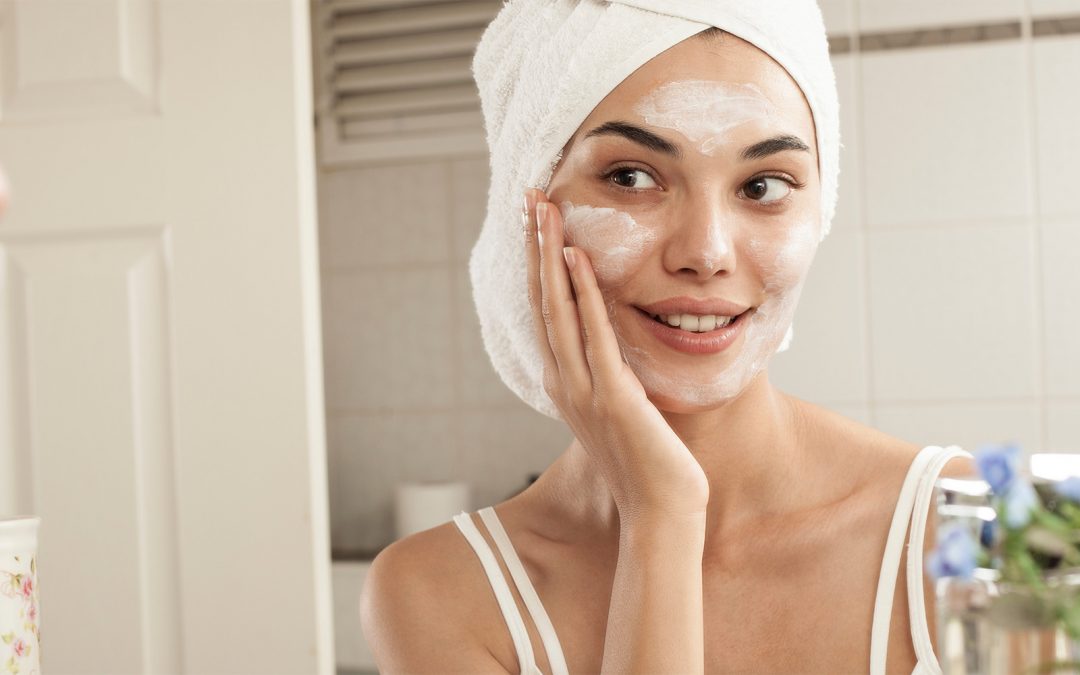You may have noticed that when winter and cold weather arrive, your skin starts to look a little worse. Discoloration, spots, redness, rough texture, dryness – the list goes on. The skin can even appear damaged and the skin barrier is compromised. This is nothing unusual, but it can be uncomfortable – in this blog we will explain why this happens and what you can do about it.
What happens to the skin in winter?
- It becomes more dry.
Just like in the height of summer, skin is more prone to dryness – in winter this is due to cold air outside, dry air (central heating) inside and the change in temperature when moving from one room to another. The top layer of skin (epidermis) will struggle to retain moisture, drying out and sometimes peeling.
- The skin becomes thinner.
Exposure to external factors in spring and summer gradually makes the skin a little thicker during these seasons, it does this to protect itself and retain moisture in the heat. In winter, this problem does not exist, but then another problem arises - the skin begins to thin because it no longer has a problem with heat.
- Cold
Cold weather weakens the skin barrier, and so does dryness. The skin barrier normally protects the skin from UV rays, pollution, and damage. Cold weather breaks it down, leading to skin damage in the winter.
What can you do?
1) Hydration
Hydration is even more important in the winter. Use a richer cream than in the summer if you notice that your skin is less hydrated than usual. Better hydration also means a stronger skin barrier. Also, when we think of hydration, we usually only think of moisturizing the skin. Don’t forget about hydration from the inside! Internal hydration is just as important as external hydration – you may be less likely to drink cold water in the winter. If so, drink plenty of herbal tea or warm water with lemon.
2) Adjust your cleaning routine
In winter, soften the cleaning of the skin a little. In any case, we do not recommend cleaning with aggressive cleansers and toners, especially in winter. Certainly, if you feel that your skin is more dry, choose moisturizing cream washes and toners that will be gentle on your skin.
3) SPF
This wouldn't be a Rosalique article without mentioning how important SPF is! Use SPF in the winter, especially since your skin will be thinner and your skin barrier weaker in the colder months. You'll need extra protection. Rosalique has SPF 50, which provides daily protection all year round.
4) Protection
Physically protect your face with a large scarf or high collar. Especially if you have sensitive skin prone to rosacea, your skin will react strongly to the transition between cold and dry heat from the outside and inside, so you want to make the change as gentle as possible.
5) Winter glow
You can use a small amount of Rosalique as the perfect tinted moisturizer to create a more even, smoother, and radiant skin tone.
The cold, grey winter months don't have to be the end of glowing skin! Just follow these simple tips and you'll be glowing all year round. Try Rosalique and see the difference today!

